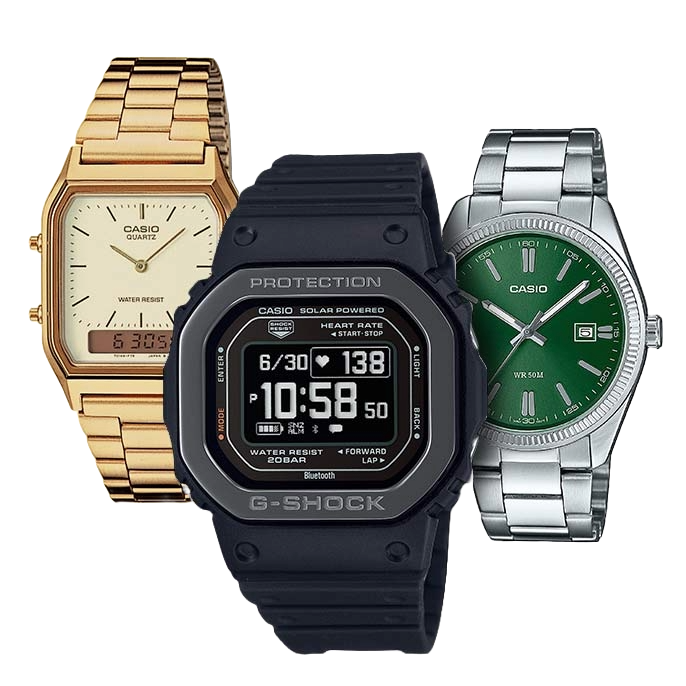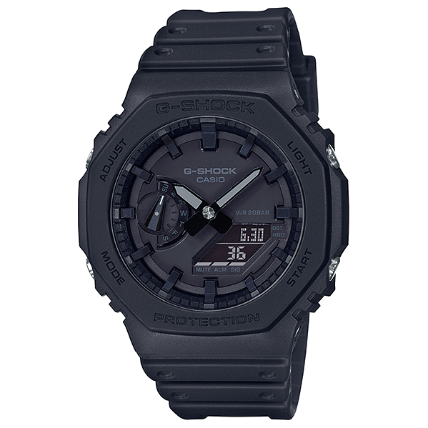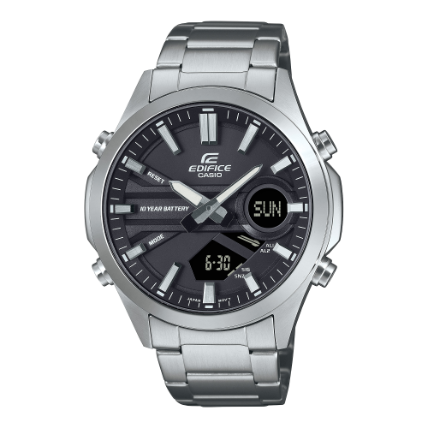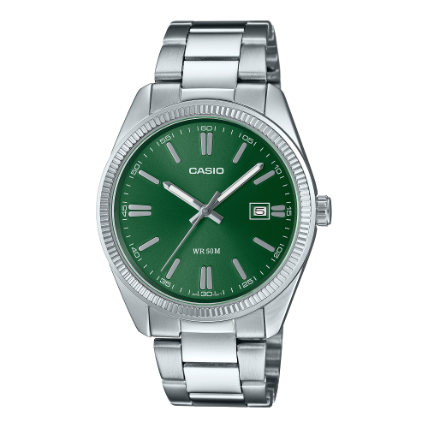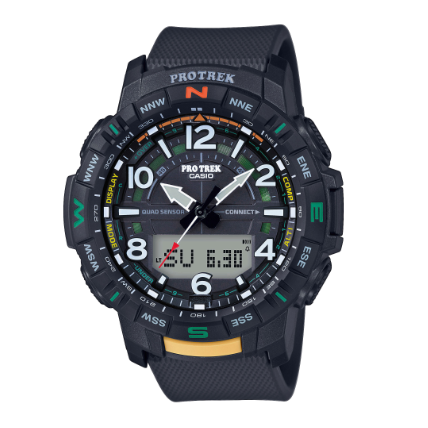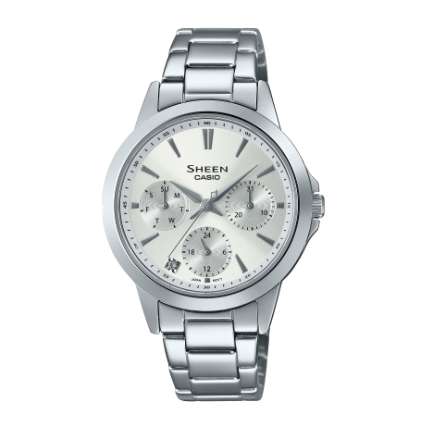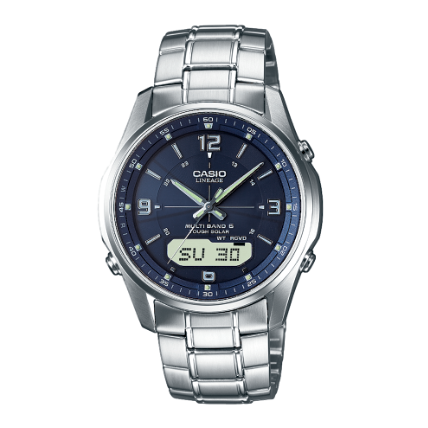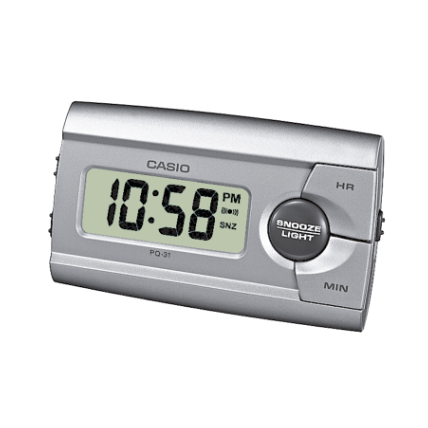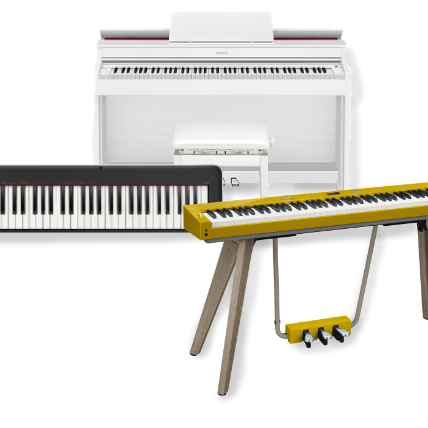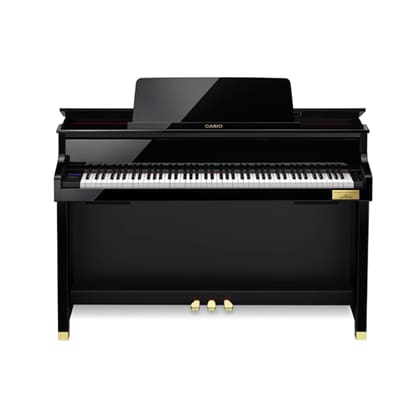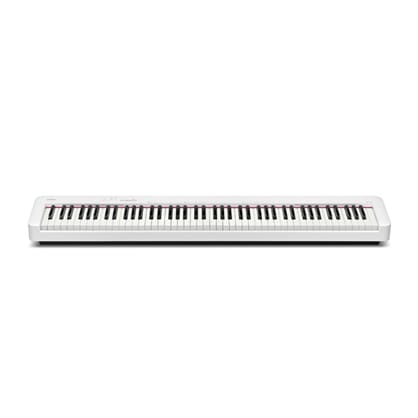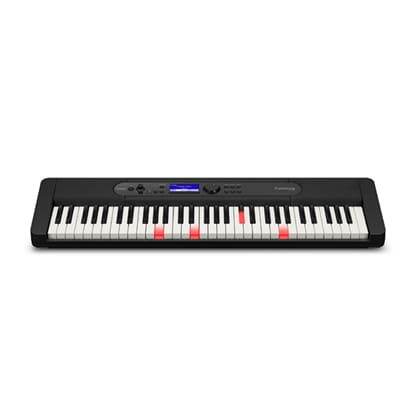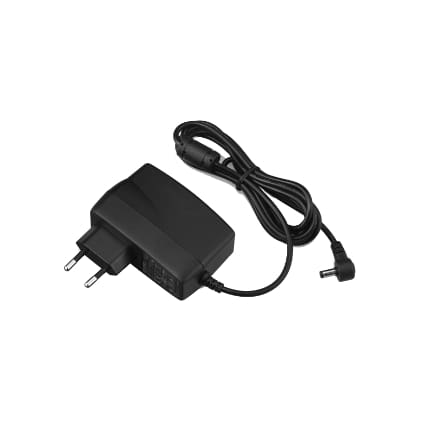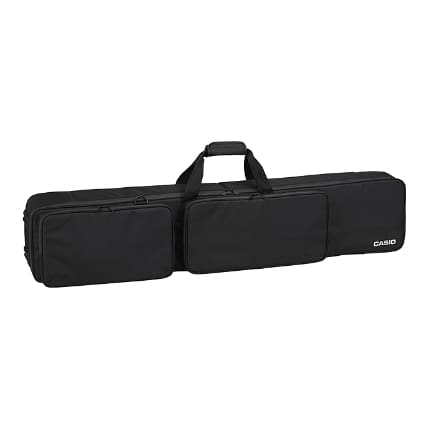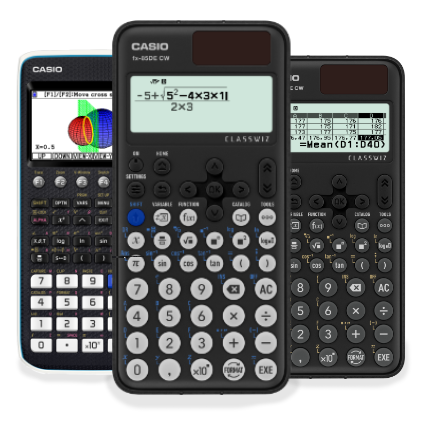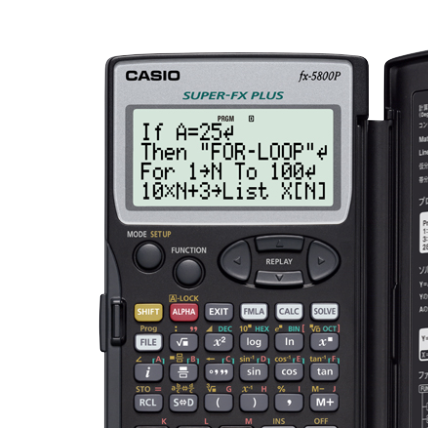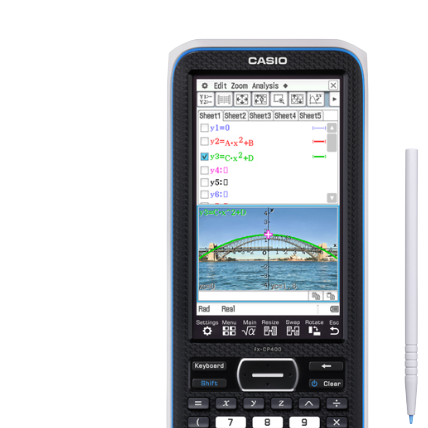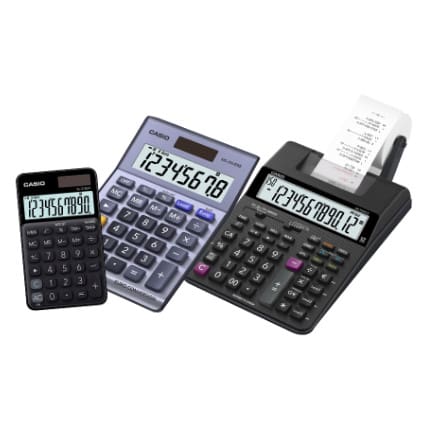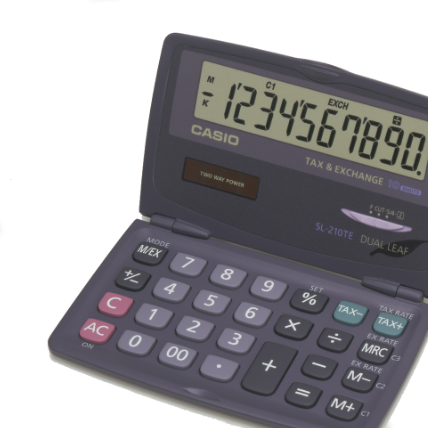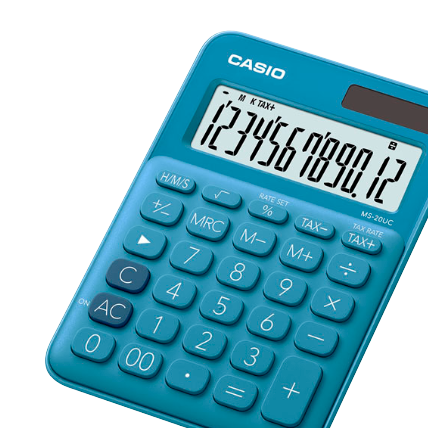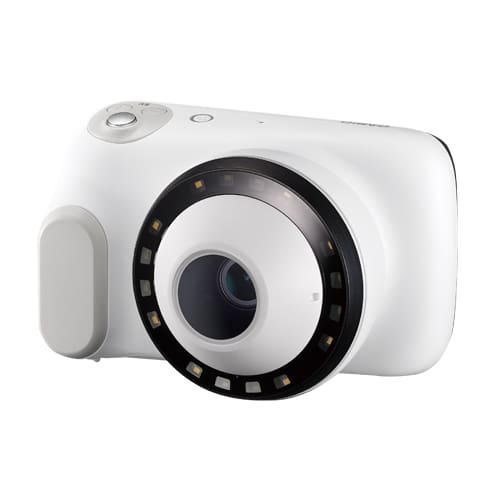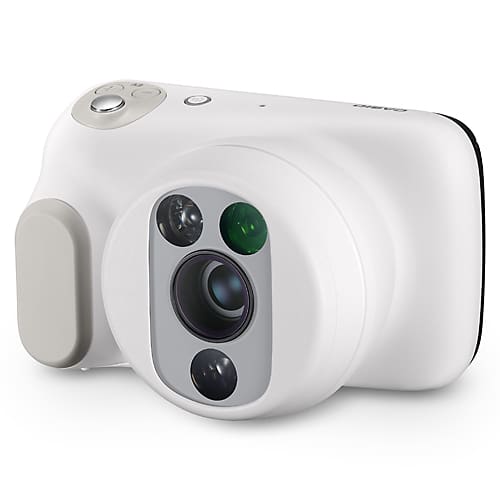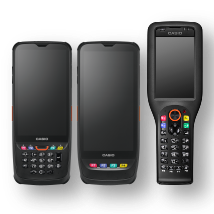
These Calculators Are Actually Real!
Applying creative ideas and novel technologies, Casio always seeks to create products that have never before been seen anywhere in the world. Here we’ll introduce some of the more unique calculators from the company’s history.
Stay tuned for many more unique calculators!

Calculator Designed for Bowling, a Rarity Worldwide
300-A
Bowling enjoyed a boom of popularity in Japan in the 1970s. At Casio, employees were particularly passionate about the game, with company tournaments happening frequently. This enthusiasm led Casio to create a dedicated calculator for bowling. With this device, each player of the game would be assigned a number, and entering the scores for each player would result in a printout of players and their scores in descending order. The calculator was capable of rapidly and automatically determining rankings for up to 181 players, which helped to streamline calculations at bowling alleys and manage private competitions.


Revolutionary Model for Measuring Biorhythms
H-801
While in the midst of its development of many different kinds of calculators, in 1975 Casio put out the H-801 Casio Biolator, a calculator that was capable of measuring biorhythms. The concept of biorhythms enjoyed some popularity in Japan at the time. This theory posited that all people have a sort of cyclical rhythm consisting of different physical, emotional, and intellectual states from the time that they are born, and that the interactions among these different rhythms are responsible for favorable or unfavorable periods in their daily lives. By entering a birthday and the date of the desired calculation, a user could view the condition of their biorhythms on the day in question. The model succeeded in expanding the market for Casio’s calculators through the addition of new functionality to its devices, and was a precursor to the composite products that were to come thereafter.


“Computer Quartz” featuring four-in-one functionality
CQ-1 / CQ-2
The Computer Quartz CQ-1 and CQ-2 combined the functionality of a clock, alarm, stopwatch, and electronic calculator, and they even had an internal calendar. As multifunctional electronic clocks, the CQ-1 and CQ-2 could perform calculations not only on time but on dates as well. The digital display of time felt novel for the era, and using the CQ-1 or CQ-2 did not produce the clicking sounds that were common among mechanical clocks. The time was visible at night through the use of a vacuum fluorescent display, making it easy to see in a dark bedroom. These and other characteristics were introduced in the catalogs of the time. With a unique design and distinctive pop colors, several CQ-1 models featuring color variations that were not common among calculators of the time were also on offer


“World’s smallest” calculator
M-800
This “Micro Mini” calculator had a size that let it fit into the palm of your hand. It was introduced in the catalogs of the time by referring to it as the “world’s smallest calculator” and showing it alongside a golf ball. A longer battery life was achieved by converting the screen that displayed numbers and calculations to an LCD, as opposed to the vacuum fluorescent displays that were used in models like the Casio Mini from 1972. The calculator was designed to run on a small button cell battery, which helped in reducing overall size. A further evolution in portability would come later, in a calculator that resembled a card but that was still easy to use with its large display and buttons.


World’s first stopwatch calculator
ST-1
The ST-1 was a calculator that included stopwatch functionality. It featured a unique form, with the start/stop button on the side being easily operated by the user’s thumb. The ST-1 had four stopwatch modes, and was capable of, for example, calculating the total time and average time of three runners performing a 100-meter dash, tracking additional time during a soccer match, and measuring the lap times for each kilometer of a 10 km run. As these examples illustrate, the model was designed for use with sports in mind.


Fashionable watch and calculator with neck strap
MQ-1 / MQ-10
The MQ-1 / MQ-10 included five main features in a slim frame: clock, stopwatch, timer, calculator, and world time display. It also had a neck strap, making it convenient to carry around and serving as a fashionable accent. One feature of note is the cover concealing the calculator buttons beneath it.


Quartz lighter calculator
QL-10
This product integrated the functionality of a clock, lighter, and calculator into one, making it a hot-selling item for businessmen of the time. The clock also featured an alarm, timer, and calendar. The calculator could display up to eight digits and could calculate days and hours. The fashionable, compact design resulted in a product that fit comfortably in the palm of one’s hand. The box in which the item was stored also imparted a luxurious feel, making this product a suitable purchase as a gift.


Melody calculators
ML-90
These calculators were capable of producing tones when the buttons were pressed. They could save songs and play back music automatically, despite a limited range of just one octave. They also featured a clock and alarm and could be set up to play back a particular melody at a certain time. Melody calculators were advertised as melodic alarms for anniversaries and birthdays and were referred to in the Japanese catalogs of the time as “Love Calculators.” The popularity of melody calculators led to the development of many different models for the series.


World’s Thinnest Film Calculator at an Astonishing 0.8 mm Thick
SL-800
At the time of this model's release, various manufacturers were frantically competing to see who could produce the thinnest calculator. Casio's efforts to make its calculators smaller and thinner were already well underway, which can be seen through its progression from desktop calculators first, and then on to personal sizes as well as portable and notebook sizes. To further evolve these efforts, the company proudly rolled out the SL-800, which was dubbed an “ultraportable film calculator.” Its thickness was an extraordinarily thin 0.8 millimeters, and it weighed just 12 grams. This made the ultrathin calculator more akin to a credit card in shape. The SL-800's design was made possible through the application of the latest LSI technologies and a liquid-crystal display, allowing it to easily become a part of one's daily life. It would be no exaggeration to say that this model changed the perception of what people could carry around with them.

